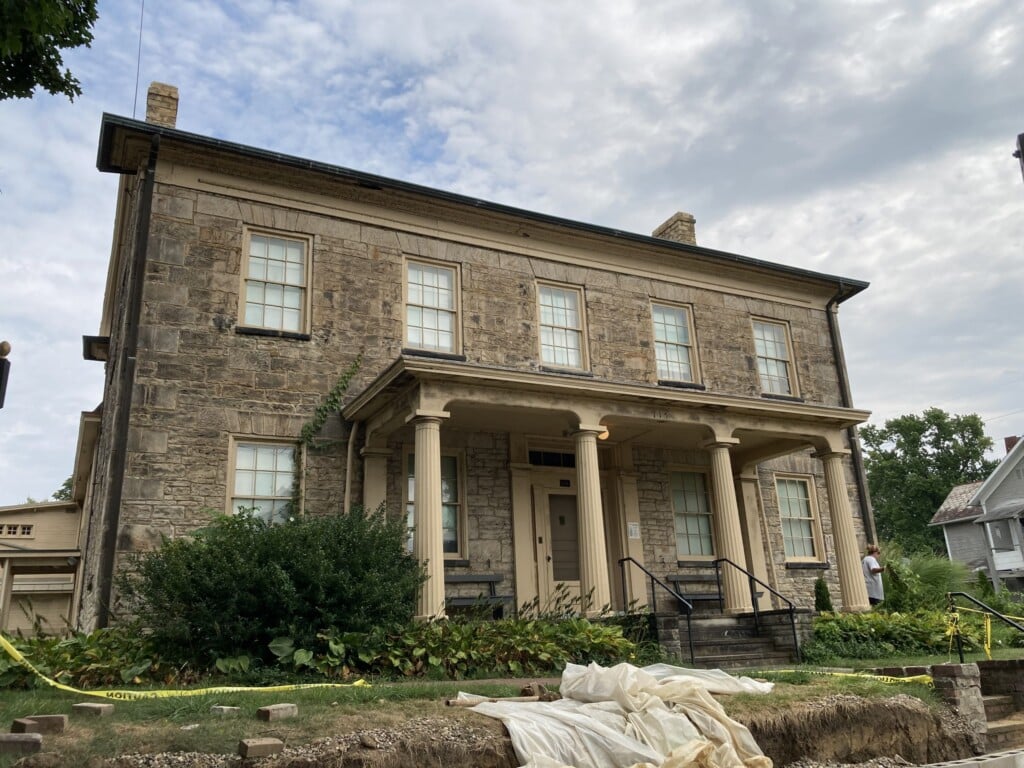The Underground Railroad: How Zanesville area conductors helped runaway slaves to freedom

Zanesville has its own history surrounding slavery and the Underground Railroad, and thanks to some Muskingum County conductors, many runaway slaves found their way to freedom.
To begin Zanesville’s history with slavery, we must first go back to when Zanesville and Putnam were two separate cities.
Ebenezer Zane built Zane’s Trace to collect on his Revolutionary Land warrants. The land that would later become Zanesville would fall to Johnathan Zane and John MacIntire. However, no one claimed the land on the west side of the Muskingum River. Zane thought of it as barren.
This land was bought by Dr. Increase Mathews and later became known as Putnam.
Zanesville was pro-slavery, while Putnam was anti-slavery. This difference came to blows in 1835 at the Ohio Abolition Society convention held at the Stone Academy in Putnam.
A mob of Zanesville pro-slavery ‘Tuckahoes’ broke up the convention. The convention was held at the Stone Academy again in 1939, but it was also broken up by Tuckahoes.
The two cities eventually came together after the end of the Civil War. Zanesville officially annexed Putnam on May 6, 1872.
But even with the Tuckahoes in Zanesville, there were several local conductors on the Underground Railroad.
The Stone Academy was rumored to be a spot on the Underground Railroad, as well as the nearby George Guthrie House.

In her unpublished autobiography, Guthrie’s wife recalled hiding three children in her attic while “their owners were riding through the streets in pursuit.”
Another story involving the Guthries follows the three Guthrie brothers as they hid a woman and her four children in the home of a black man named William Harris. The brothers sent the slave hunters looking in a nearby mine while the runaways were transported to safety.
And of course, one cannot talk about the Underground Railroad without mentioning Nelson T. Gant.

Gant was a freed slave from Virginia, and his wife Anna Maria was a runaway slave herself. After Anna was captured, Gant managed to purchase her, and the two moved to Zanesville.
They became adamant abolitionists, and Gant was rumored to hide runaway slaves in his vegetable wagon to transport them to freedom.
Another prominent stop on the Underground Railroad was not in Putnam, but instead several miles away in Trinway.
The Prospect Place mansion was built in Trinway in 1856 and was owned by George Adams. Adams was an abolitionist, and he freed all the slaves on the plantation he inherited after his father’s death. After selling the plantation and freeing the slaves, he moved to Zanesville and helped found both Adams Mills and Trinway.
Runaway slaves were often hidden in the basement of Prospect Place before they could be transported to the Edward’s house several miles down the road. They would get off the canal or river and make the trek through the fields to Prospect Place. If a light was on in the top floor windows, they knew they were welcome. They would enter through the storm doors in the basement into a room directly under Adams’s room. It is thought a slave would bang on the ceiling to alert him to their presence, and they would be hidden in one of two rooms in the basement.
A rumor surrounding Prospect Place is that a bounty hunter once showed up on the property looking for runaway slaves. The bounty hunter was grabbed by the stable hands and hung in the barn. There is no written proof this occurred, but the ghost of the bounty hunter is said to haunt the barn.




